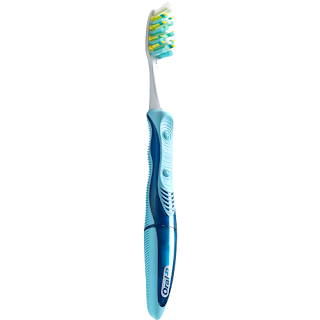One of the most common concerns I see is nothing to do with any toothache issue, but is to do with front teeth starting to come through.
What ideally happens at about the age of 6 is that the front baby teeth, one by one, become loose, fall out and are replaced with new adult teeth.
However, in real life this process isn’t always quite so smooth.
Sometimes the adult teeth come through before the baby teeth have been shed. When this happens, they usually come through on the inside of the baby teeth and so little Johnnie seems to have too many teeth and they look wrong.
Sometimes the adult teeth take ages to come through and so little Sophie has missing teeth at the front for quite some time.
And sometimes, the baby teeth are very late in being lost and so the child is the only one in the class who still has baby teeth.
When they do finally arrive, they usually come through as crooked teeth. The reason for this is that they are full sized teeth, trying to fit into a child-sized mouth. The good news is that this usually corrects itself as the child’s mouth grows and things get better without any kind of intervention.
So don’t panic when your child who always had beautiful little baby teeth suddenly looks like Dracula. In dental terms, we call this the “Ugly Duckling” stage, and they usually end up as beautiful swans.


